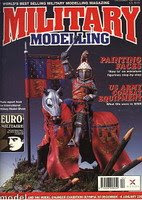
PACKET ships and clipper ships had distinctive characteristics by which they could be recognized at a glance from that little heard of but more numerous type of plain, common, everyday merchantman that constituted the bulk of the American tonnage. Packets and clippers had a pedigree of their own, as it were, and the newspapers gave long, glowing descriptions of them and their records were given columns in the newspapers, while the rank-and-file would be dismissed in a line in the marine column, reading—"Ship Betsy, Sharp, from Madeira." But there were dozens of Betsies and Sallies to one clipper. They were the common wall-sided, flat-floored, bluff-bowed and heavy, squarctransomed ships with which everyone was so familiar that they were just ships and nothing more. Today, looking back and reviewing all the different types of ships, those little, three hundred ton ships, of about 1820, with their decks laid out with the same simplicity that characterized the schooners and brigs, are a novelty. They had one big, main-cargo hatch just forward of the mainmast. Fiferails, of course, were around each mast, at the deck, for belaying the gear.
